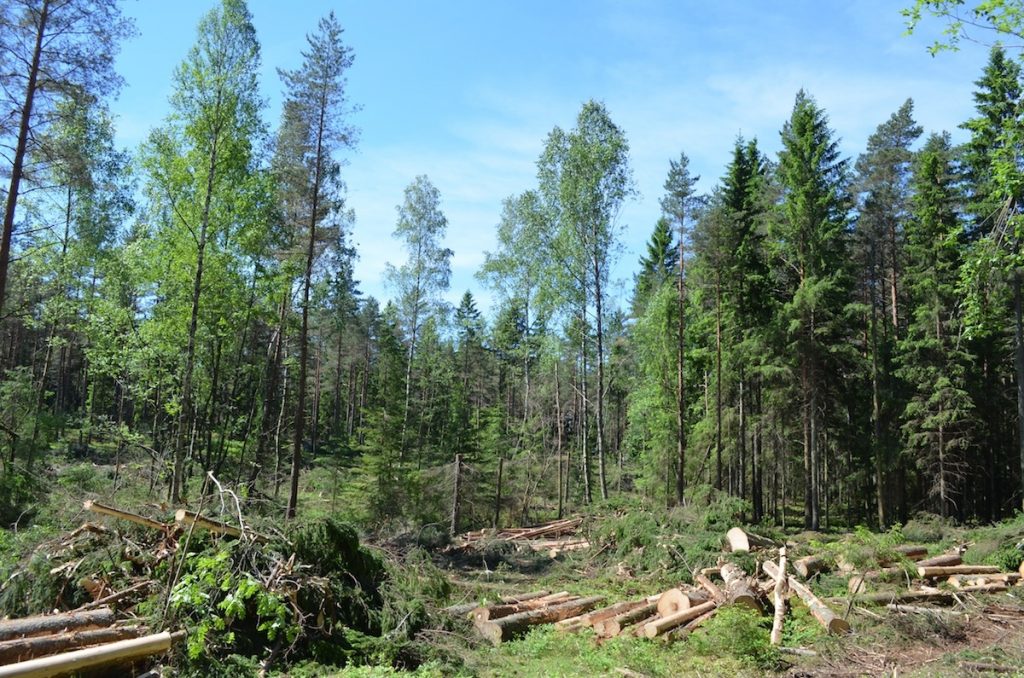
Industry News
News
Understanding the Swedish forest landscape
June 6, 2013, Jonkoping, Sweden – Walking through the forests of central Sweden, you see some very similar traits to the forests in many parts of Canada. Pine, spruce, and birch mix with the odd sign of oak and aspen, creating thick, tall stands throughout.
But the industry itself had a landscape all to its own. In Sweden, there are four primary forest associations that help all facets of logging and sawmilling in the country, from helping to sell wood to potential buyers on behalf of contractors to providing best practices for forest management.
Mats Karnestrand, one of the Production Managers for the Mellenskog region (the third of four of the regions from running north to south), noted that this region of the country alone includes 1.7 million hectares of forest and has 32,000 members. The region cuts around 5.25 million cubic metres of wood per year, which equates to an annual turnover of $3.7 Billion SEK ($610.5 Million Cdn.).
Each woodlot owner is encouraged to sell their wood through the association, which in turn allows the association to have good control over when and where the wood is sold. That also helps to create a stronger pricing structure for private wood owners, which makes up approximately 50 per cent of Sweden’s forest ownership.
But the association method for selling wood can conflict with the needs of companies like Holmen, Sweden’s third largest private forest company. In the Norrkoping region of the country for example, 90 per cent of the wood they produce for their pulp mills, sawmills, and biomass needs is purchased from private owners. Those owners may choose to sell direct to Holmen, but are still encouraged to do so through their association instead.
Sweden’s wood supply provides an interesting challenge for both buyers and sellers. Buy and sell wood through the association whose large membership can help to influence the cost and flow of wood, or buy and sell privately to a private forest company that is looking to meet their own internal demands.
The choice is not easy, but knowing where and when to buy or sell wood can make a big difference in the bottom line.
June 6, 2013 By Andrew Macklin
 The forest of central Sweden with its many different types of trees. In Sweden
The forest of central Sweden with its many different types of trees. In SwedenPrint this page